Case Histories
Downloads
Kaiser Hospital Tower and CUP Expansion
Commercial/Mixed Use
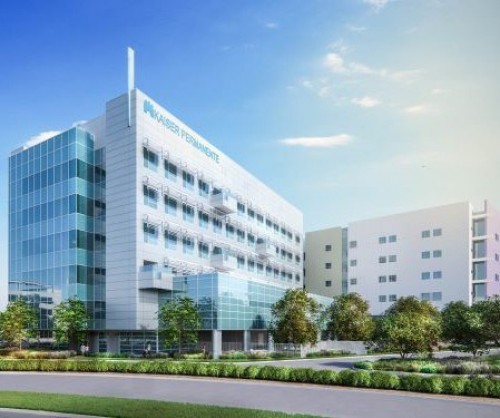
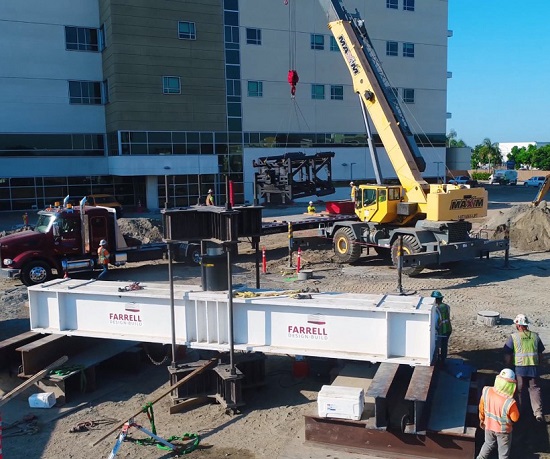
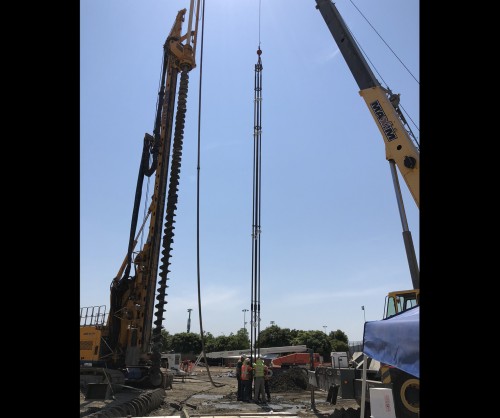
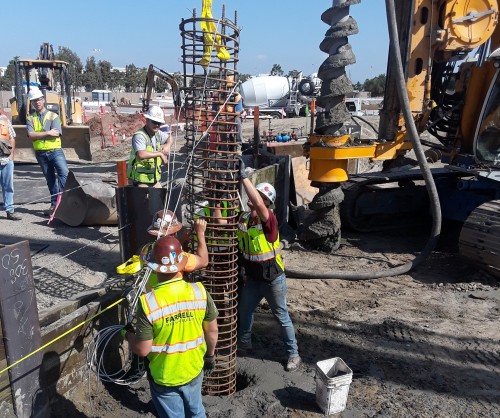
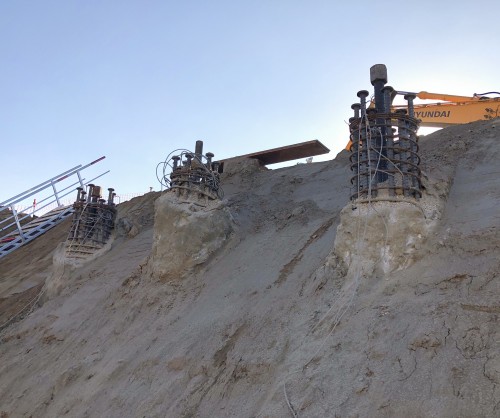
Foundation System
Geologic Hazard(s)

Soft/Loose Soil

Liquefaction
Location
Downey, CA
Owner
Kaiser Permanente
Structural Engineer
General Contractor
Project Summary
Kaiser Permanente broke ground in July 2018 for their new high tech, 6-story Hospital Tower expansion project in Downey, CA. Along with the latest technological innovations, the new hospital tower will add 96 additional in-patient beds to the existing hospital’s 352 beds, making it the second largest Kaiser facility in Southern California by 2021. Kaiser hired Hensel Phelps to manage and build this updated, high-tech, hospital tower project. The State of California, Office of Statewide Health Planning and Development (OSHPD) would be the final approval for all engineering and construction quality measures for the new hospital tower.
Subsurface soil at the site is consistent with alluvial soil deposits explored in the central portion of the Coastal Plain of Los Angeles County. These alluvial fan deposits consist of flood plain and stream channel sediments formed by the Los Angeles, Rio Hondo, and San Gabriel rivers. The boring logs and testing revealed near surface soil consisting of low plasticity silt with traces of fine sand to depths of 30 feet. Layers of loose to medium dense, silty sand and poorly graded sand were observed both interlayered in and beneath the near surface silt soil. Also observed, was a layer of compressible, medium stiff to stiff, silty clay soil and silt with fine sand below the sand layers to a depth of about 50 feet. Varying layers of medium dense to dense, silty sand and poorly graded clean sand were observed beneath the clay and silt to the maximum depth explored of 75 feet. The compressible and loose soil below the site coupled with a historic high groundwater of 8 feet plus the new heavy foundation loads made it possible for high static and seismic settlement for the new hospital tower. Liquefaction hazards had to be managed when the historic high groundwater level was considered with the maximum earthquake forces. GeoBase reported 3 to 8 inches of total liquefaction related ground settlement under the MCE event.
Due to the potential for permanent ground displacement due to liquefaction settlement and to reduce static foundation settlement, GeoBase recommended 100% area replacement with deep soil-cement mixed ground improvement to a depth of 55 feet OR a deep foundation consisting of 24-inch diameter by 100-foot deep Auger Cast Pile (ACP) to support the new hospital tower. Hensel Phelps selected Farrell Design-Build to provide design-assistance with KPFF, to perform an extensive pile load test program, and to build the 24-inch diameter ACP deep foundation support.
In partnership with Hensel Phelps, GeoBase, and KPFF, Farrell’s Engineering team developed a comprehensive ACP load test program that included 43 high dynamic strain load tests, 2 full-scale static uplift tests, 64 Thermal Integrity Profiling (TIP) tests, and 2 Single Hole Sonic Logging (SSL) tests. The extensive pile test program would determine the final ACP design length and termination depths. Kaiser and Geobase required a deep 100-foot ACP test even though the deepest boring was terminated at 75 feet. In August 2018, Farrell installed and tested piles that were terminated between depths of 85 and 100 feet. Based on the several other load test results with tested vertical capacities exceeding 2,390 kips, the final pile depth was revised from 100 feet to between 60 and 85 feet. After in-depth engineering analysis, application of 120 kip liquefaction related drag loads, and stringent review and comment by OSHPD, Farrell’s Auger Cast Pile (ACP) installation to depths of 60 to 85 feet was approved by OSHPD.
Farrell successfully installed over 200, 24-inch diameter, Auger Cast Piles to depths of 60 to 85 feet for the new Kaiser Downey Hospital Tower and Central Utility Plant under the special inspection and approval of OSHPD. The successful completion of this project came with a new appreciation of the in-depth and highly measurable quality demanded by OSHPD inspectors for the finished Auger Cast Pile work. Farrell is excited to have been a part of the Hensel Phelps team and this important Hospital Expansion project in the Los Angeles region.


